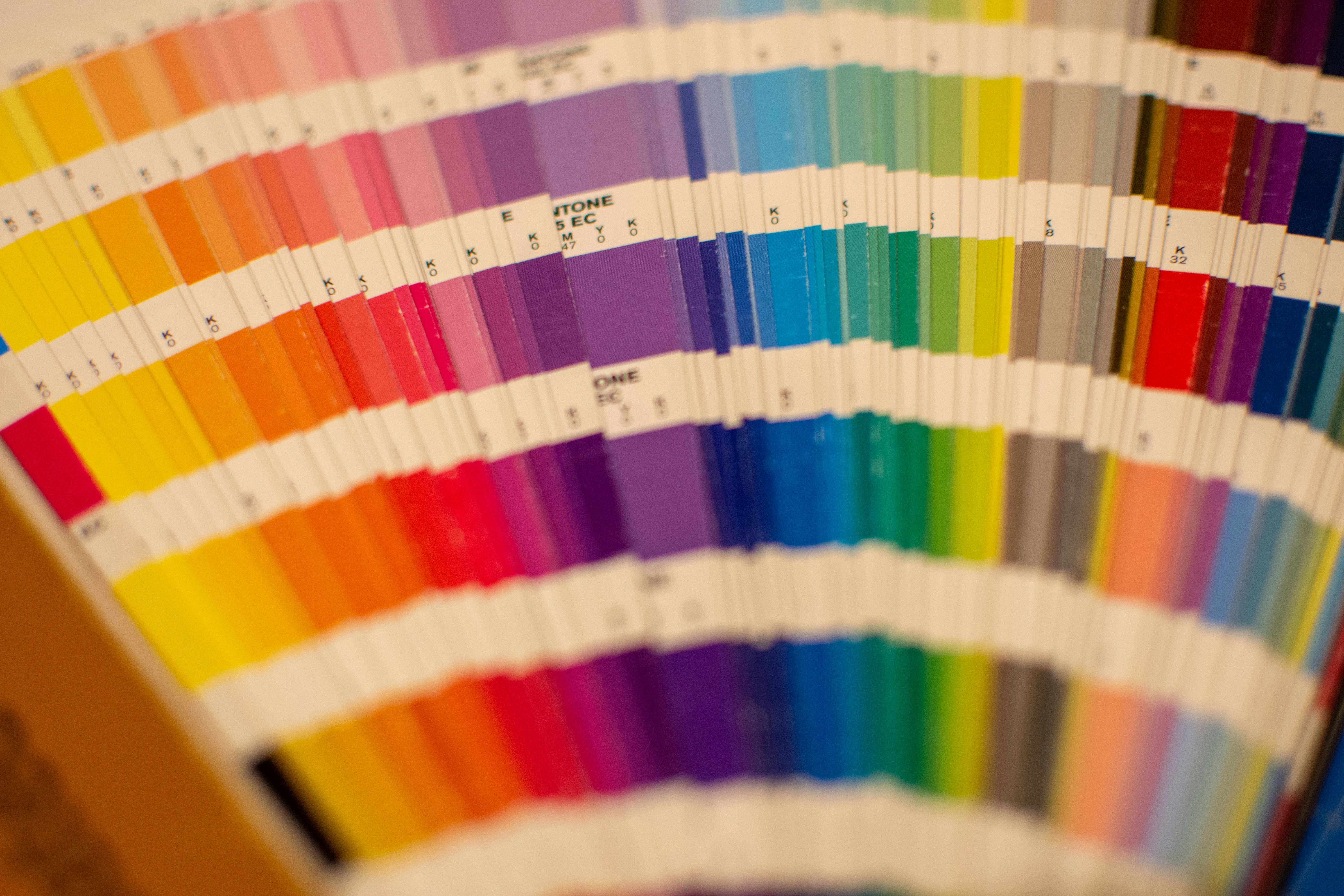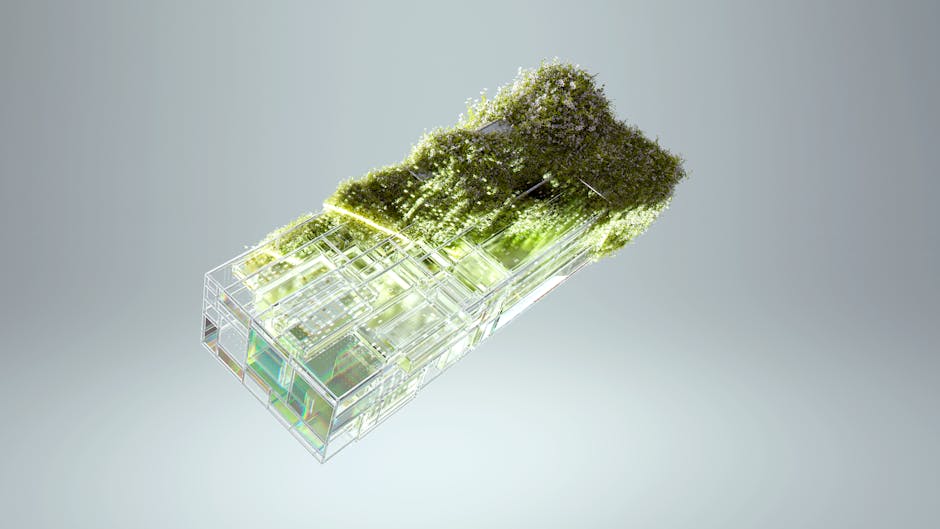Emotional Interiors: Implement Color Psychology & DIY for Mood
When it comes to designing your home, have you ever considered how the colors and DIY projects you choose can impact your emotions? Many people overlook the emotional dimensions of interior design while diligently selecting furniture or curtains. However, by using color psychology and mindful DIY techniques, you can create spaces that not only look beautiful but also resonate with your mood and personality, crafting a home that feels uniquely yours. This article explores innovative ways to curate emotional interiors that inspire, soothe, or energize through practical DIY ideas and thoughtful color choices.
The Power of Color Psychology in Home Decor

Color is a powerful tool in the world of home decor, influencing emotions, thoughts, and even behaviors. The colors you select for your walls and furnishings can evoke feelings of calm, creativity, or warmth. For instance, blue induces a sense of tranquility, while red might spark passion and energy. Understanding these connections allows you to use color deliberately to influence your home’s emotional atmosphere.
For a deeper dive into how color can enhance moods, you might find insights in articles from reputable sources like Harvard Health that discuss the psychological effects of colors on our well-being. When selecting colors for your home, consider not only personal preference but also the psychological effects tied to each hue. This deliberation is crucial as it sets the stage for the emotional interiors you wish to create.
DIY Techniques That Enhance Emotional Comfort

Now that you understand the basics of color psychology, how do you implement this in your home? One way is through simple DIY projects that incorporate your chosen palette. Creating personalized decor items such as painted canvases, floral arrangements, or even customized throw pillows can help maintain the mood you desire in any room.
- Paint a Canvas: Choose colors that resonate with your mood—soft pastels for calmness or vibrant hues for energy. An abstract piece can serve as a focal point, reflecting the emotional tone of the room.
- Customized Throw Pillows: Use fabric paint to transform plain pillows into personalized statements that evoke specific emotions or memories.
Projects like these allow you to express yourself while enhancing your living spaces.
Choosing Your Color Scheme

When designing your emotional interiors, it’s essential to choose a cohesive color scheme. Start by identifying your core feelings—what do you want to feel when you enter a room? Creating a mood board can help visualize your color palette while incorporating elements from fragrant textiles or decorative elements that resonate with your emotions.
Tips for Choosing Color Schemes: - Start with Neutrals: Use neutral colors for your base to allow more vibrant colors to take center stage in accessories or artwork. - Balance Cool and Warm Tones: Combining both can create a harmonious feel, ensuring the space feels alive yet serene.
Incorporating Nature for Emotional Well-Being

Another way to foster an emotional connection in your interiors is through biophilic design. Integrating natural elements like plants or water features can connect you to nature, significantly enhancing mood and reducing stress.
DIY options include creating a small indoor garden or even a mini water fountain to introduce tranquility. Projects like biophilic designs are not only aesthetically pleasing but also serve as a constant reminder of nature's calming power.
Incorporating Indoor Plants: - Choose Low-Maintenance Plants: If you're short on time, opt for resilient plants like succulents or pothos that can thrive indoors. - DIY Planter Ideas: Use recyclable materials to create unique planters that add character to your space while showcasing your green thumb.
Personal Spaces That Reflect Your Mood

Creating zones in your home tailored to specific emotional responses can transform your experience within those spaces. Whether you’re looking to wind down or spark creativity, a dedicated area can help facilitate the desired atmosphere.
Cozy Reading Nooks

One way you can cultivate warmth and comfort is by designing a reading nook in your home. This could involve selecting luxurious textures and colors that evoke coziness, such as a soft beige or deep forest green.
- DIY a Reading Chair: Reupholstering an old chair in a color you love can instantly make it your favorite spot. Pair it with layered throws and a small bookshelf to complete the setup.
Creative Corners

If you’re more on the creative side, carving out a space for your artistic pursuits can maintain inspiration and joy. Think about vibrant colors and eccentric decor that embody your creative spirit.
- Create a DIY Art Station: Use a bookshelf to organize your supplies and hang up some of your favorite pieces of art for motivation.
Harnessing Other Sensory Elements

While color plays a significant role in emotional design, don’t forget about the influence of other senses. Sound, scent, and textures can profoundly affect how we feel in a space.
- Soundscaping Your Rooms: By introducing sound elements—whether a small water feature or ambient music—can help create an environment that’s harmonious and calming. Explore how to DIY soundscaping can benefit your emotional state while transforming your interior into an oasis of calm.
Aromatherapy and Scented Spaces

Similarly, the scent can evoke powerful memories and feelings. Creating an aromatherapy station with essential oils can channel tranquility or invigorate your spirit.
- DIY Aromatherapy Stations: Use essential oil diffusers in strategically designated areas to infuse your home with uplifting scents like lavender or citrus. Not only does this enhance emotional comfort, but it can also promote overall wellness.
Experimenting with Themes and Styles

Emotional interiors are about personal expression through varied themes and styles. From modern minimalism to bohemian charm, your space can reflect who you are and the feelings you wish to express.
Vintage and Nostalgic Decor
Embrace your memories by incorporating vintage decor that speaks to your past and creates a sense of nostalgia. Projects can include revamping an old chest of drawers or using things from your childhood to create a unique art piece, as described in Nostalgic Crafting.
- DIY Vintage Projects: Scour thrift stores for unique finds that can be repurposed or refreshed with a coat of paint.
Upcycling for Emotionally Charged Spaces
Upcycling common household items into grand treasures not only minimizes waste but allows for personalized storytelling within your decor.
- Kinetic Design: Projects like those described in sculptural spaces use pop-art elements to transform your interiors into conversation starters that cradle emotional resonance.
Unexpected Materials
Consider how you can use ordinary kitchen gadgets to create stylish decor. Everyday items often hold sentimental value, and creatively integrating them can generate a meaningful atmosphere.
- DIY Projects Using Kitchen Gadgets: Turn an unused colander into a whimsical planter or use vintage utensils to create wall art—these playful projects not only add character but also bring comfort through intimacy and memory.
Fine-Tuning Temperature and Comfort
Finally, harmonizing your home with elements that control comfort, such as texture and temperature, adds to the emotional ambiance. Utilizing layered textiles in a color scheme that aligns with your mood can enhance sense of comfort and warmth.
Color Temperature and Mood
Harmonizing color temperature with your design choices can elevate your emotional experience in a space.
-
Cozy Textural Fabrics: Sofas in warm tones, fluffy throws, and rich textiles help create a sense of coziness. Opt for materials that not only feel good but also visually promote a mood of comfort.
-
Play with Lighting: Dimmer switches, warm light bulbs, or LED strip lighting can dramatically change the color temperature in a space, thus affecting the emotional response instantly.
Final Thoughts: Transform Your Home into a Sanctuary
Designing emotional interiors is not just about aesthetics; it’s about creating a sanctuary for your mind and spirit through thoughtful choices in color, texture, and decor. With the DIY projects and insights shared, you're now equipped to create spaces that not only look beautiful but feel deeply personal, embracing the nuances of emotion in every room.
Start small and gradually transform your home into an emotional haven that resonates with who you are. Remember that your interiors can tell your story, influence your feelings, and ultimately create a welcoming environment for you and your loved ones.



